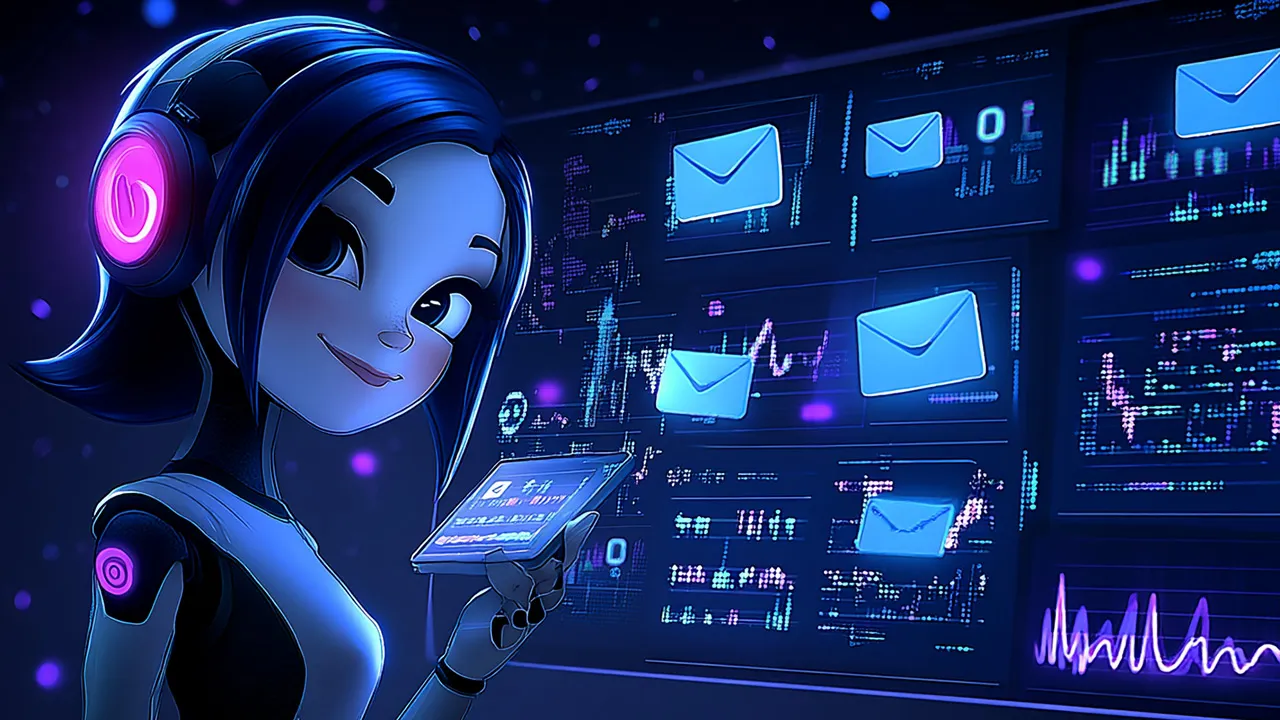
Email Alerts
Email alerts allow you to receive automatic notifications when users interact with your AAIA chatbot in specific ways, such as requesting support or asking to be contacted. This feature ensures you never miss important customer inquiries.
Overview
The email alert system can notify you when:
- Users request human support through the chatbot
- Specific keywords or phrases are mentioned in conversations
- Users ask to be contacted by your team
- The chatbot uses the
send_support_emailtool
Setting Up Email Alerts
Basic Configuration
-
Navigate to Settings
- Go to Settings → Aaia XP in your WordPress admin
- Click on the Assistant tab
-
Enable Tools
- Find the “Tools & Features” section
- Toggle on “Enable Tools”
- This activates the support email functionality
-
Configure Support Email
- In the “Tools Configuration” section
- Enter your preferred email address in “Support Email Address”
- If left empty, your WordPress admin email will be used
Email Address Setup
Support Email Address: support@yoursite.com- Use a dedicated support email for better organization
- Consider using a team inbox for multiple team members
- Ensure the email address is actively monitored
Email Notification Types
Support Request Emails
When users trigger the support email tool, you receive:
Subject: New Support Request from Chatbot Content:
- User’s original message
- Conversation context
- Timestamp and page information
- User’s IP address (if available)
Daily Summary Emails
If enabled, you can receive daily summaries containing:
- Total number of conversations
- Most common questions asked
- Support requests received
- Peak usage times
Configuring the Chatbot to Send Emails
System Instructions
Add instructions to your chatbot’s system prompt:
When a user asks for human help, needs to speak to someone,
or has a complex issue you cannot resolve, use the
send_support_email tool to notify the support team.Tool Integration
The chatbot uses the send_support_email tool automatically when:
- Users explicitly ask to speak to a human
- The conversation indicates frustration or confusion
- Complex technical issues are discussed
- Users request specific assistance beyond the chatbot’s scope
Email Templates and Customization
Default Email Format
Subject: New Support Request from AAIA Chatbot
Hello,
A user has requested support through your AAIA chatbot.
User Message: [Original user question]
Context: [Page/location where chat occurred]
Time: [Timestamp]
IP Address: [User IP if available]
Full conversation history is available in your WordPress admin.
Best regards,
AAIA Chatbot SystemCustomizing Email Content
Currently, email templates are standardized, but you can:
- Set up email filters in your email client
- Use different support email addresses for different websites
- Create automated responses for immediate acknowledgment
Advanced Email Configuration
Multiple Support Addresses
For larger teams, consider:
- support@yoursite.com - General inquiries
- technical@yoursite.com - Technical issues
- sales@yoursite.com - Sales-related questions
Email Client Integration
Set up your email client for efficient handling:
-
Create Folders
- “Chatbot Support Requests”
- “Priority Issues”
- “Resolved”
-
Set Up Filters
- Auto-sort emails from AAIA
- Flag urgent keywords
- Forward to appropriate team members
-
Response Templates
- Quick acknowledgment responses
- Common solution templates
- Escalation procedures
Troubleshooting Email Alerts
Emails Not Being Sent
Check SMTP Configuration:
- Verify WordPress can send emails
- Test with plugins like WP Mail SMTP
- Check server email logs
Verify Tool Settings:
- Ensure “Enable Tools” is activated
- Confirm support email address is valid
- Check for plugin conflicts
Emails Going to Spam
Improve Deliverability:
- Use a professional email address
- Set up SPF and DKIM records
- Whitelist the sending domain
Missing Notifications
Check Chatbot Configuration:
- Verify system instructions include email tool usage
- Test the support email tool manually
- Review conversation logs for tool activation
Best Practices
Response Time Management
- Set Expectations: Let users know when to expect a response
- Auto-Acknowledgment: Consider automated “we received your message” emails
- Team Coordination: Ensure someone is always monitoring support emails
Email Organization
- Use Consistent Subject Lines: For easy filtering and searching
- Tag Important Issues: Mark urgent or complex requests
- Track Response Times: Monitor how quickly you respond to requests
Integration with Other Tools
Consider integrating email alerts with:
- Help Desk Software: Tools like Zendesk or Freshdesk
- CRM Systems: Track customer interactions
- Team Communication: Slack or Microsoft Teams notifications
Monitoring and Analytics
Track Email Performance
Monitor:
- Number of support emails received daily
- Response time averages
- Resolution rates
- User satisfaction feedback
Optimization Strategies
- Reduce False Positives: Improve chatbot responses to reduce unnecessary support requests
- Identify Patterns: Look for common issues that trigger support emails
- Update Documentation: Address frequent questions in your knowledge base
Privacy and Compliance
Data Protection
- User Consent: Ensure users understand their messages may be forwarded
- Data Retention: Set policies for how long to keep support emails
- Anonymization: Consider removing personal information when possible
Compliance Considerations
- GDPR: If applicable, ensure compliance with data protection regulations
- Internal Policies: Follow your organization’s communication guidelines
- Security: Use secure email practices for sensitive information
Next Steps
After setting up email alerts:
- Test the System: Send a test support request through your chatbot
- Configure Email Filters: Set up your email client for efficient processing
- Train Your Team: Ensure everyone knows how to handle chatbot support emails
- Monitor Performance: Track response times and user satisfaction
- Iterate and Improve: Regularly review and optimize your email alert system
Email alerts are a crucial bridge between automated chatbot assistance and human support, ensuring no user inquiry goes unnoticed.
